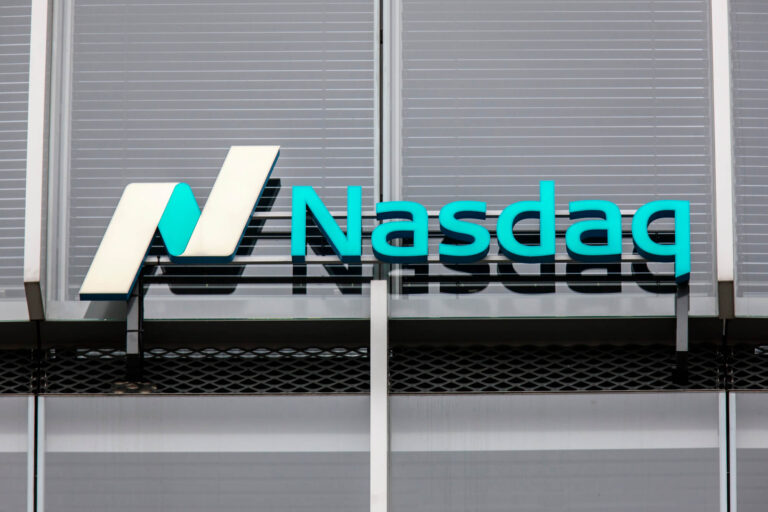The Taiwanese company OwlTing, specializing in stablecoin infrastructure, has completed its direct listing on the Nasdaq Global Market under the ticker OWLS. This makes OwlTing one of the first Asian crypto firms to be directly listed on a US stock exchange.
OwlTing pursued the listing to emphasize transparency and avoid shareholder dilution – hence the preference for a direct listing over a traditional IPO. The company positions itself as a regulated infrastructure partner in the stablecoin sector, which is gaining importance in global payments.
From e-commerce to blockchain payments provider
Originally active in e-commerce and hospitality, OwlTing has transformed into a provider of blockchain-based payment infrastructure. With OwlPay, the company enables settlements in stablecoins such as USDC or in traditional fiat currencies.
In the 2024 fiscal year, OwlTing reported revenues of USD 7.6 million (up 18% year-over-year) and a gross payment volume of USD 218 million, representing a 62% increase. Despite temporary losses from one-time listing costs, OwlTing expects profitability to rise with scaling and improved margins.
Growing importance of regulated stablecoins
The listing highlights a global trend of stablecoins and payment systems increasingly entering regulated financial markets. OwlTing sees itself as a bridge builder: through regulation, compliance, and technological infrastructure, the company aims to create stable links between traditional finance and blockchain-based payments. The choice of a direct listing instead of an IPO underscores the company’s commitment to transparency, governance, and capital access without dilution.
Listing on Nasdaq provides OwlTing with broader access to institutional investors and could strengthen its international visibility. At the same time, the company enters a highly competitive and tightly regulated environment, particularly alongside established players such as Circle, Paxos, and Ripple. To succeed, OwlTing must deliver not only growth but also robust compliance and technological security.








